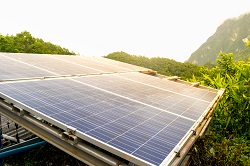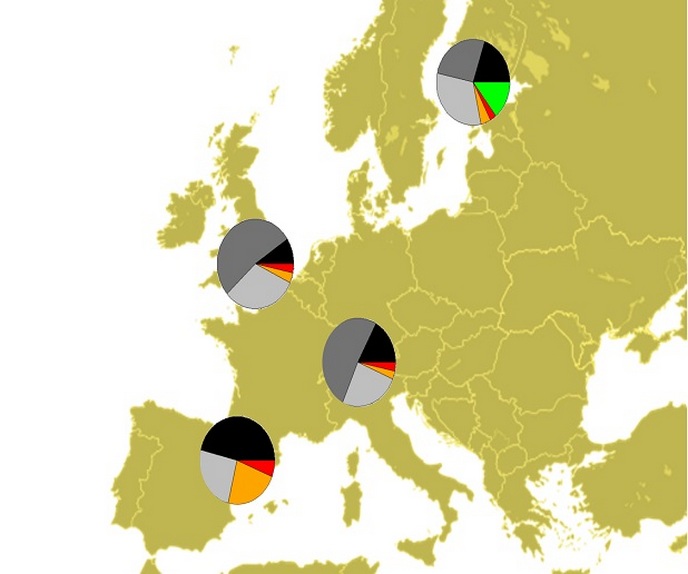Why Earth’s interglacial periods suddenly changed
Our world is currently between big freezes. On-off cycles in ice ages fill up our recent geological past, the last one ending some 11 000 years ago. These so-called interglacial periods are driven by changes in radiation coming from the Sun, which is linked to Earth’s orbit, and the gradually wobbling tilt on its axis. Interglacial cycles initially lasted roughly 41 000 years. Then around 1 million years ago, they slowed to a length of around 100 000 years. This surprising shift in glacial-interglacial pacing is known as the Mid-Pleistocene Transition. Its origin is a mystery. “No obvious shifts in the orbital configuration happened during that time, which makes this climate transition very enigmatic,” explains Frerk Pöppelmeier(opens in new window), a postdoctoral fellow at the Climate and Environmental Physics division of the University of Bern(opens in new window) and CliMoTran principal investigator. In the EU-funded CliMoTran project, Pöppelmeier sought out explanations for this unique and mysterious climate transition, using state-of-the-art computer modelling to investigate the potential feedbacks that may have contributed to the shift. “I focused primarily on the state of the ocean circulation and how it changed during the climate transition,” says Pöppelmeier. ”As the ocean is the largest reservoir that can readily exchange carbon with the atmosphere, it thus plays a critical role in determining the climate.”
Integrating ice sheets
To investigate, the team used Bern3D, a computationally efficient climate model that can quickly simulate thousands to millions of years, and captures most components and feedbacks thought to be responsible for the global climatic shift. During the Mid-Pleistocene Transition, the size and extent of northern hemispheric ice sheets changed dramatically, with profound impacts on the climate and ocean circulation. Many hypotheses revolve around these ice sheets, though previously they were lacking from the model. First, Pöppelmeier integrated a new dynamical ice sheet component into the model, before evaluating the model simulations against palaeoclimatic (ancient climate) reconstructions to assess which of the scenarios were the most realistic.
A complex climate transition
Pöppelmeier’s research, undertaken with the support of the Marie Skłodowska-Curie Actions(opens in new window) programme, showed that no single trigger can be identified to have caused the Mid-Pleistocene Transition, and multiple effects likely contributed. “Most importantly, the slow decrease of atmospheric CO2 concentration appears to have led to a non-linear response of the climate system, in particular the continental ice sheets, that were able to grow much larger once a critical threshold in atmospheric CO2 concentration was crossed,” he explains. The results suggest that such thresholds in atmospheric CO2 concentration strongly affect the functioning of the overall climate system. Not just on the timescale of decades to centuries – climate tipping points relevant for today, such as in ocean circulation, permafrost or the Amazon rainforest – but also on glacial-interglacial timescales. “Presumably, anthropogenic climate change will therefore fundamentally change the long-term fate of Earth’s climate,” notes Pöppelmeier.
Solving the Mid-Pleistocene puzzle
Pöppelmeier will continue to investigate this important period in Earth climate history, research that will benefit from new direct reconstructions of atmospheric greenhouse gas concentrations, which are expected to become available from the EU-funded Ma(opens in new window) (Beyond EPICA: Oldest Ice) project in the next few years. Pöppelmeier will also focus on other climate transitions such as rapid warming events during the last ice age, in the framework of the newly funded Horizon Europe project ClimTip.







